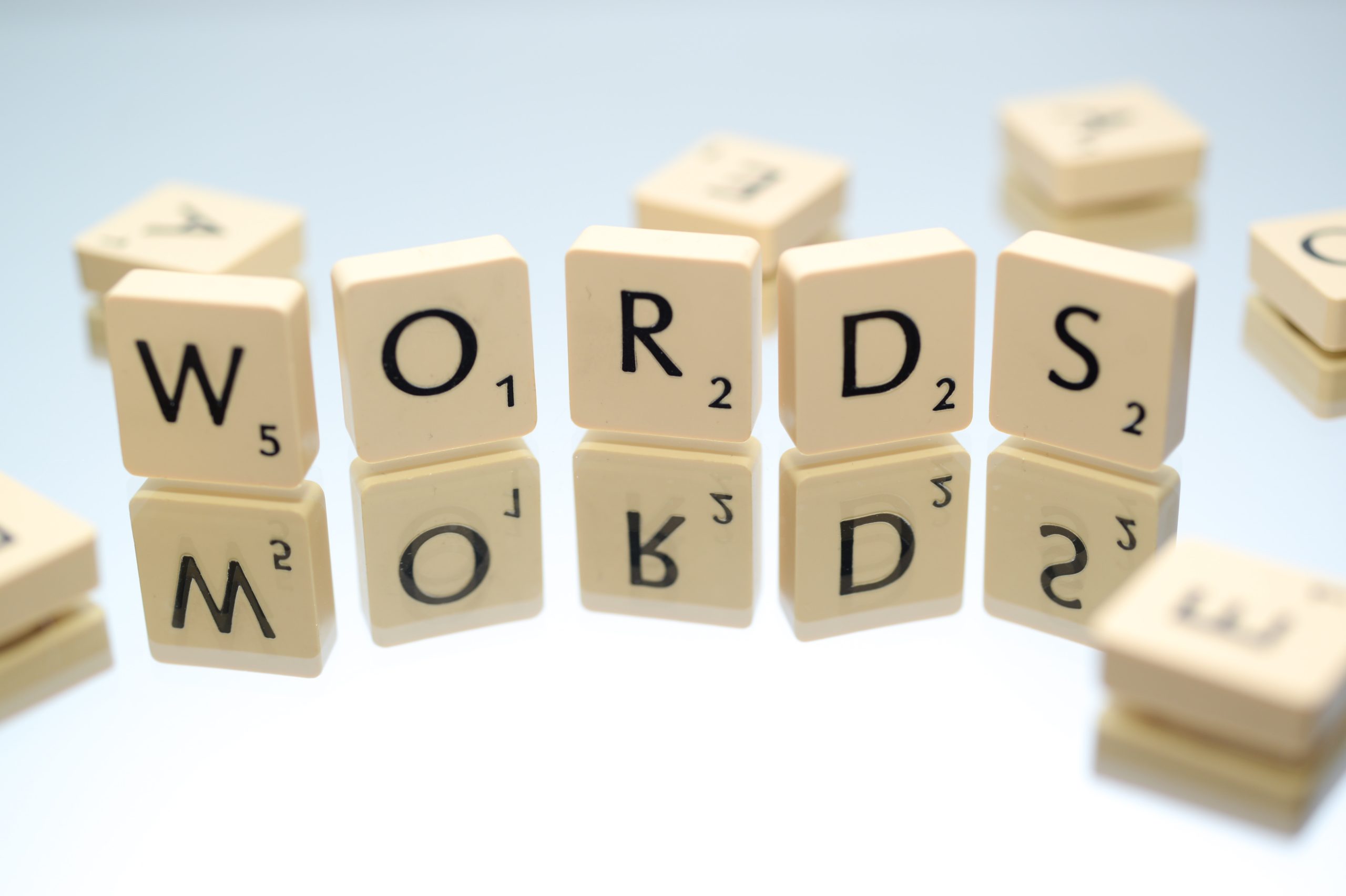As a writer, I value the importance of the right words. Language is a nuanced beast and context can be just as important as word choice. And let’s not get started about punctuation. Let’s eat Grandma! vs Let’s eat, Grandma! But I digress…
Writing a story is the culmination of the challenge not only to bridge the gap between word choice and context but to do so in a way that involves the senses. We must also accomplish this without overwhelming the eye of the reader. Long sentences and paragraphs that block the page in row after row of black and white lettering…I get tired just thinking about it.
This is where editing comes in but that is not where I want the focus to be today. You can find plenty of people to tell you about editing. I’m likely to be one of them since I make a living as an editor. Editing is not the goal today. Writing is the goal.
For the sake of argument, let’s just assume you are going to hate the first words you put on paper. They will be insufficient. They will be cliche. They will be plain. Ok. Are we past that? Have we accepted that our first draft will not be a Pulitzer-worthy tome to set the literary icons on their ears and blaze trails across the sky for our publishing prowess? Yes? Good.
Because more than likely it won’t. I hate to break it to you. The vast majority of us will need multiple drafts of our work to get it publishing-ready. That’s not an insult. That’s not a jab at your talent or your dedication or your command of the language. It’s a simple truth. Deal with it. I don’t say this lightly or without knowing the pain it causes. I am a slooooowwwwwwww writer for this very reason. Putting words on the figurative paper is harder than changing the orbit of the sun for me. But it’s gotten easier and I’ll tell you how.
I’ve given myself permission not to be perfect. I’ve given myself permission to draft my first book rather than write my first book. My first draft is as rough sandpaper under burlap. It’s a collection of scenes that get me from Point A to Point B and so forth. It can be long pages of narrative or talking heads-dialogue. In some ways, I’m simply setting the stage for my book. In my second draft, I will edit. I will change simple, boring words to more nuanced words. I will add context and texture through vivid imagery and sensory language. Long paragraphs will be converted to dialogue and action interspersed with narrative. The burlap transitions (hopefully) to cotton and silk and cashmere. You know why?
You can’t edit what’s not on the page.
If I was a seamstress I’d need to have cut the different segments of my pattern to piece together for the final project. It’s a similar process with writing. Put down the ideas that describe the scene or action, however, they come to you, and edit them later. You’ll trim, you’ll embellish, and eventually, it all comes together to make a piece that fits the story in your head.
OK. I lied about one thing. It’s not always that simple. I’m analytical by nature so I’m wired to look at things from multiple angles, examine the ways data can go in and come out, then formulate possible solutions and theorize results. I have to turn all of that off in order to just write. It took practice. It’s still a battle I have to wager when I sit down to write.
It has gotten easier, though. When I get stuck on picking a word, I pick the first one that comes to mind. If nothing comes to mind but I have a vague notion of what I want to describe, I’ll add it in all caps or set it apart some other way. Then when I edit, I know to pay particular attention to that scene or sentence or phrase.
The bonus outcome of this practice? Book 1 in my series took more than a decade to write. Book 2 took a little over two years. Book 3 took seven months. My goal is to have my entire process, from first draft to final publication in under six months. I’m getting there!
